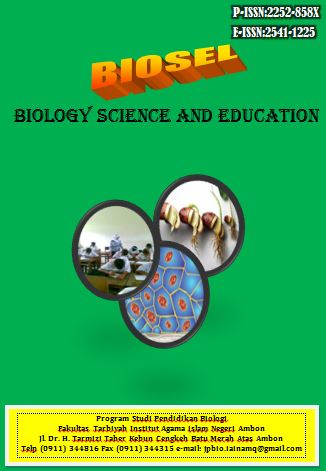Phytochemical Analysis of Bioactive Compounds in Carica Papaya Leaves as a Basis for Capsule Formulation
DOI:
https://doi.org/10.33477/bs.v14i1.9101Abstract
Papaya leaves (Carica papaya L.) are rich in secondary metabolites with pharmacological potential as antioxidants, anti-inflammatories, and antimicrobials. This study aimed to identify bioactive compounds in papaya leaves, develop simplicia and extracts as a basis for capsule formulation, and evaluate the characteristics and stability of the resulting capsules. The methods used included simplicia preparation, extraction using maceration with 70% ethanol, phytochemical analysis using specific reagent tests, and capsule formulation with appropriate excipients. The results showed that papaya leaf simplicia had a moisture content of ≤ 5%, extraction yielded a rendement of 9.6%, and active compounds such as alkaloids, flavonoids, and polyphenols were detected. Capsule formulations containing papaya leaf extract showed good characteristics, with a dissolution time reaching 80% within 30 minutes, and good stability during storage. Papaya leaf extract can be developed as a stable, effective, and pharmaceutically standardized herbal phytopharmaceutical capsule preparation to support natural medicine.
Keywords: C. papaya, Secondary Metabolites, Maceration, Herbal Capsule, Phytochemistry
Downloads
Published
Issue
Section
License

This work is licensed under a Creative Commons Attribution-NonCommercial 4.0 International License.
Authors who publish with this journal agree to the following terms: Authors retain copyright and grant the journal right of first publication with the work simultaneously licensed under a Creative Commons Attribution License that allows others to share the work with an acknowledgement of the work's authorship and initial publication in this journal. Authors are able to enter into separate, additional contractual arrangements for the non-exclusive distribution of the journal's published version of the work (e.g., post it to an institutional repository or publish it in a book), with an acknowledgement of its initial publication in this journal. Authors are permitted and encouraged to post their work online (e.g., in institutional repositories or on their website) prior to and during the submission process, as it can lead to productive exchanges, as well as earlier and greater citation of published work.













